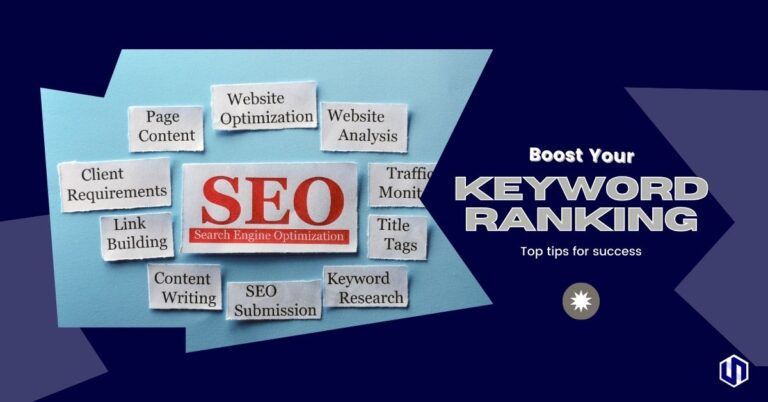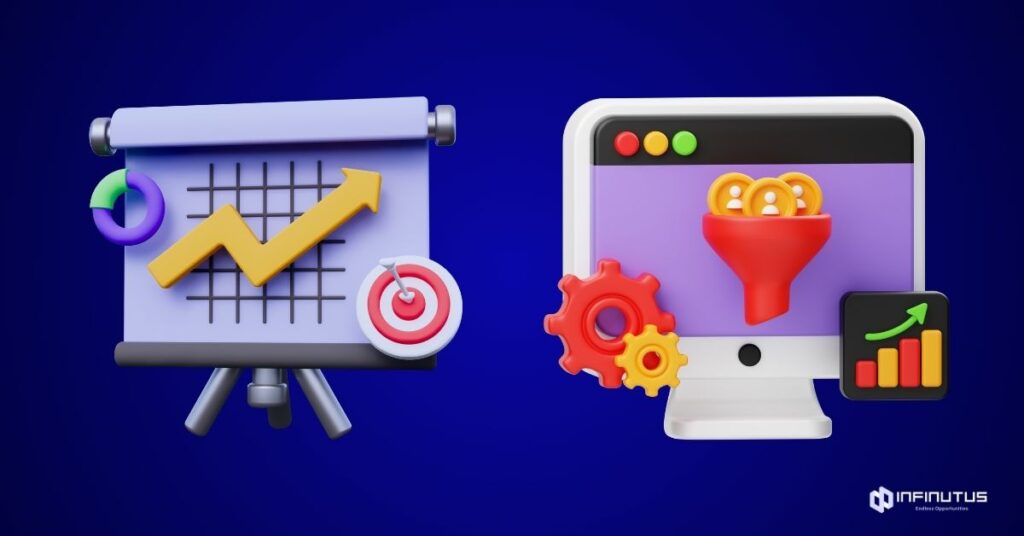
How to Improve SEO Keyword Ranking?
The good news? Improving your SEO keyword ranking doesn’t require magic; it just takes strategy, consistency, and a little patience. Let’s dive into some practical steps to help you boost your rankings and get noticed online.




